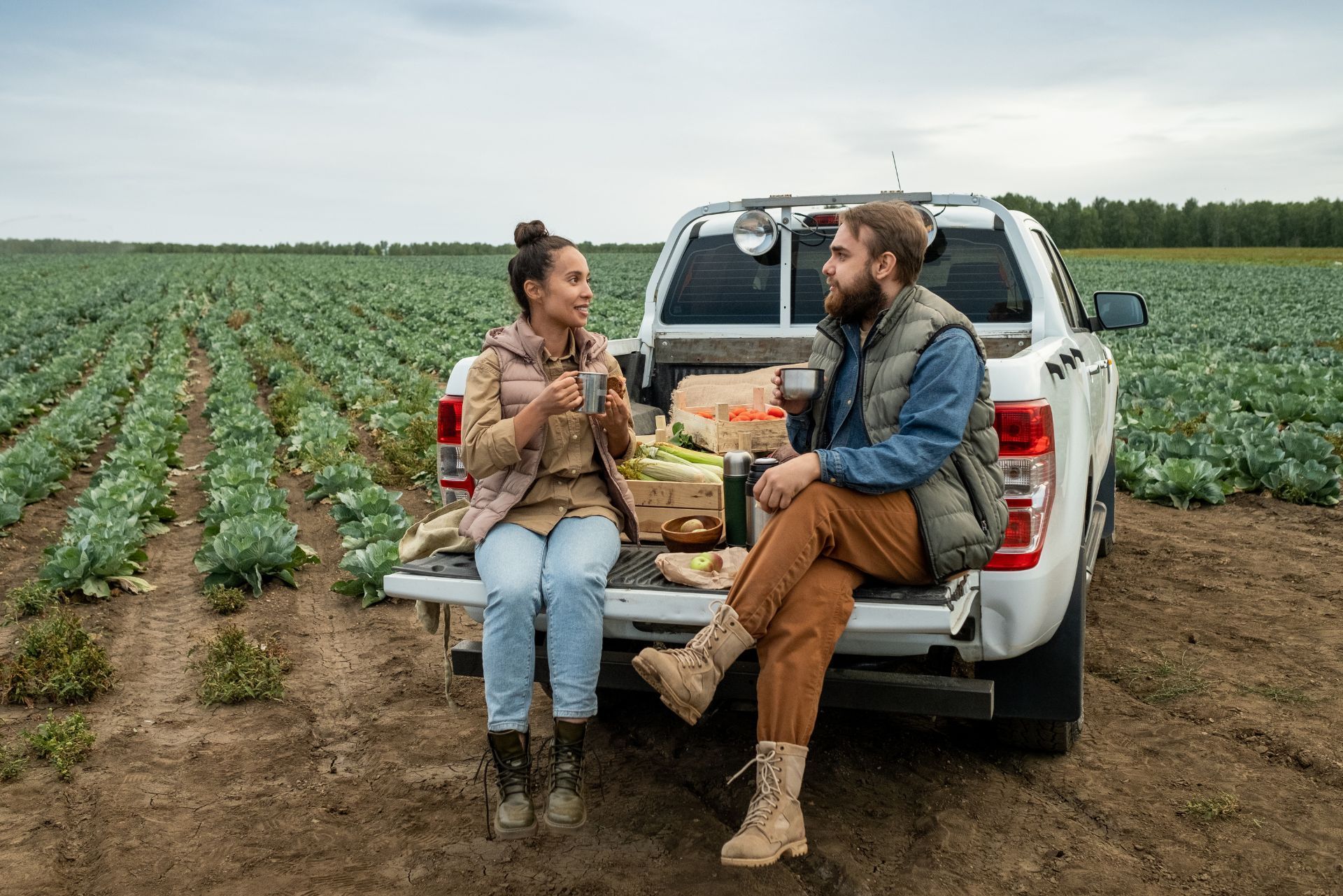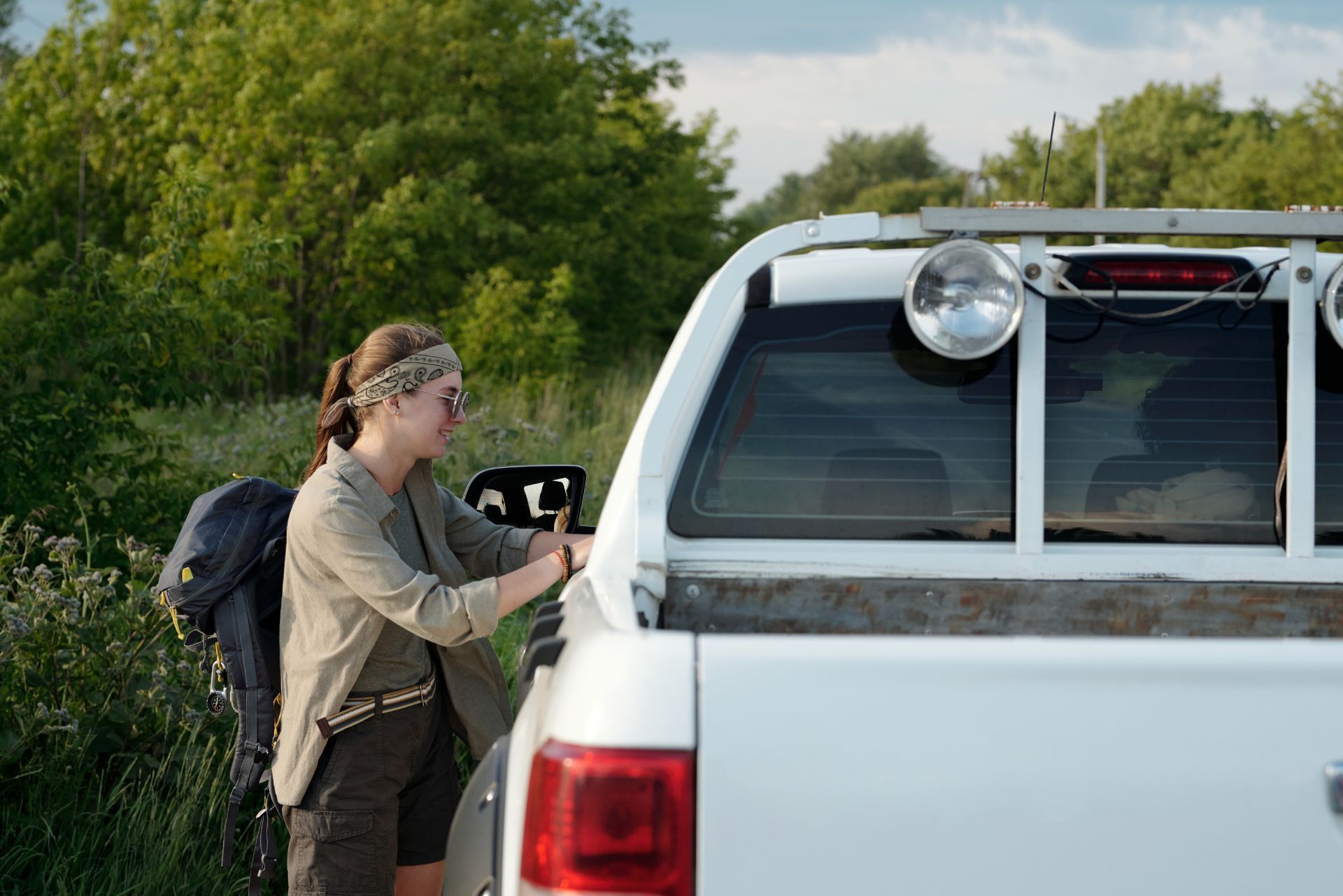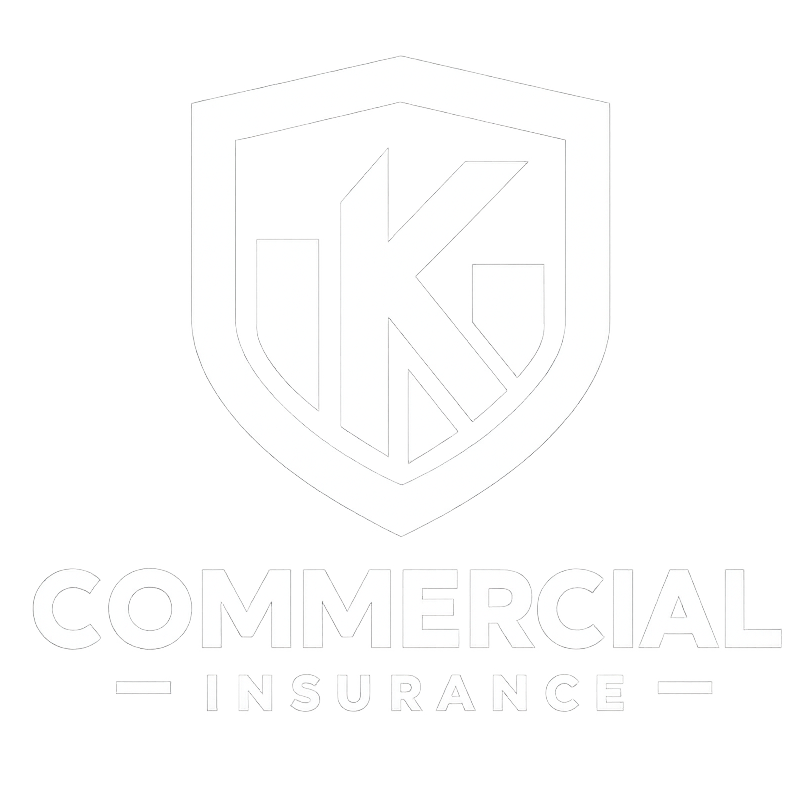Top 3 Recommended Policies

When it comes to the fast-paced world of hot shot trucking in Oregon, understanding the nuances of insurance is crucial for success. Hot shot trucking, which involves transporting smaller loads on a time-sensitive basis, requires specialized coverage to protect both the driver and the cargo. This article aims to provide a comprehensive guide to Oregon hot shot trucking insurance, covering everything from the types of coverage available to the specific regulations that apply in the state.
What is Hot Shot Trucking?
Hot shot trucking is a term used to describe the expedited transport of freight, typically using smaller trucks and trailers. Unlike traditional freight carriers that may haul larger loads over longer distances, hot shot trucking focuses on quick deliveries, often for time-sensitive shipments. This type of trucking is popular in various industries, including construction, oil and gas, and manufacturing. The flexibility of hot shot trucking allows businesses to respond rapidly to changing demands, making it an invaluable service in today’s fast-paced economy.
Drivers in this sector often operate one-ton trucks or larger, equipped to handle various types of cargo. Given the nature of the work, hot shot truckers must be prepared to meet the demands of their clients, which often include tight deadlines and specific delivery requirements. This might involve transporting essential equipment to a construction site or delivering critical parts to a manufacturing facility that cannot afford any downtime. The ability to adapt to different cargo types and delivery schedules is what sets hot shot trucking apart from other freight services, making it a vital link in the supply chain.
The Importance of Insurance in Hot Shot Trucking
Insurance is a critical component of any trucking operation, but it holds particular significance in hot shot trucking. The fast-paced nature of the business means that risks are heightened, and having the right insurance coverage can safeguard against potential financial losses. Hot shot truckers face unique challenges, such as navigating unpredictable weather conditions and dealing with the pressures of tight delivery windows, which can increase the likelihood of accidents or cargo mishaps.
Additionally, many clients require proof of insurance before hiring a hot shot trucking service. This not only protects the client’s interests but also ensures that the trucking company can operate legally and responsibly. Without adequate insurance, a hot shot trucker may face significant liabilities in the event of an accident or cargo damage. Moreover, comprehensive coverage can also provide peace of mind for the driver, knowing they are protected against unforeseen circumstances, such as theft or mechanical failures. As the industry continues to evolve, understanding the nuances of insurance requirements becomes increasingly important for hot shot truckers aiming to maintain a competitive edge and build lasting relationships with their clients.

Types of Insurance Coverage for Hot Shot Trucking
When it comes to hot shot trucking insurance, there are several types of coverage that drivers should consider. Each type serves a unique purpose and helps mitigate various risks associated with the industry.
Liability Insurance
Liability insurance is perhaps the most critical type of coverage for hot shot truckers. It protects against claims arising from bodily injury or property damage caused by the trucker while operating their vehicle. In Oregon, the minimum liability coverage required is $750,000, but many trucking companies opt for higher limits to ensure adequate protection.
Having sufficient liability insurance not only helps cover legal costs in the event of a lawsuit but also provides peace of mind for the trucker and their clients. It is essential to understand the specific requirements and recommendations for liability coverage in the state of Oregon. Additionally, some hot shot truckers may choose to incorporate additional endorsements to their liability policy, such as uninsured motorist coverage, which can provide further protection in cases where the other party lacks adequate insurance.
Cargo Insurance
Cargo insurance is another vital component of hot shot trucking insurance. This coverage protects the freight being transported against loss or damage during transit. Given that hot shot truckers often handle valuable and time-sensitive cargo, having cargo insurance can be a game-changer.
In Oregon, cargo insurance is not legally required, but it is highly recommended. Many clients will not hire a trucking service without proof of cargo insurance, making it a necessary investment for those in the hot shot trucking industry. Furthermore, cargo insurance can vary in terms of coverage limits and exclusions, so it is crucial for truckers to thoroughly review their policy to ensure it aligns with the types of loads they typically haul, whether that be machinery, perishable goods, or hazardous materials.
Physical Damage Insurance
Physical damage insurance covers damage to the truck and trailer itself. This includes protection against accidents, theft, vandalism, and natural disasters. For hot shot truckers who rely on their vehicles for income, having physical damage insurance can prevent significant financial setbacks.
In Oregon, physical damage insurance is not mandatory, but it is advisable for truckers to protect their investment. The cost of repairs or replacement can be substantial, making this coverage a smart choice for anyone in the hot shot trucking business. Moreover, many insurance providers offer flexible options for physical damage coverage, such as comprehensive and collision coverage, allowing truckers to tailor their policies to fit their unique operational needs and risk tolerance. Understanding these options can help truckers make informed decisions that safeguard their livelihoods while on the road.
Understanding Oregon's Insurance Requirements
Oregon has specific insurance requirements for commercial trucking operations, including hot shot trucking. Understanding these regulations is essential for compliance and operational success.
Minimum Coverage Requirements
As mentioned earlier, the state mandates a minimum liability coverage of $750,000 for commercial vehicles. However, depending on the type of cargo being transported and the size of the vehicle, higher coverage limits may be necessary. For example, if transporting hazardous materials, the required liability coverage can increase significantly.
It is crucial for hot shot truckers to consult with an insurance professional to determine the appropriate coverage levels based on their specific operations and cargo types. Additionally, truckers should be aware of the potential benefits of supplemental insurance options, such as cargo insurance, which can provide extra protection against loss or damage to the goods being transported. This is particularly important in the hot shot trucking industry, where the timely delivery of sensitive or high-value cargo is often critical to client satisfaction.
Additional State Regulations
In addition to insurance requirements, Oregon has various regulations governing the operation of commercial vehicles. Truckers must adhere to weight limits, maintain proper licensing, and comply with safety regulations. Failure to comply with these regulations can result in fines and other penalties, making it essential for hot shot truckers to stay informed.
Furthermore, hot shot truckers should be aware of the importance of maintaining accurate records and documentation. This includes keeping track of insurance policies, maintenance logs, and any relevant permits or licenses. Proper record-keeping not only aids in compliance but also assists in the event of an insurance claim. Moreover, staying organized can enhance operational efficiency, allowing truckers to quickly respond to inquiries from clients or regulatory bodies. Regular audits of these records can also help identify any potential gaps in compliance before they become problematic, ensuring that truckers can focus on their core business of delivering goods safely and on time.
Choosing the Right Insurance Provider
Finding the right insurance provider is a critical step for hot shot truckers in Oregon. With numerous options available, it is essential to choose a company that understands the unique needs of the trucking industry. The right provider can make a significant difference in both your peace of mind and your bottom line, ensuring that you are adequately protected against unforeseen circumstances that can arise on the road.
Factors to Consider
When selecting an insurance provider, consider factors such as experience, customer service, and the types of coverage offered. Look for companies that specialize in commercial trucking insurance, as they will have a deeper understanding of the risks and challenges faced by hot shot truckers. Additionally, it’s beneficial to check if the provider has a solid financial standing, as this can indicate their ability to pay out claims when needed. A company with a good reputation in the industry is more likely to offer reliable service and support.
Additionally, obtaining quotes from multiple providers can help ensure competitive pricing. However, it is essential to compare not only the costs but also the coverage options and limits provided by each insurer. Some policies may offer additional features, such as roadside assistance or rental reimbursement, which can be invaluable in the event of a breakdown or accident. Understanding the nuances of each policy will help you make a more informed decision that aligns with your specific operational needs.
Reading Reviews and Testimonials
Before making a final decision, take the time to read reviews and testimonials from other hot shot truckers. This can provide valuable insights into the experiences of others with specific insurance providers. Look for feedback on claims handling, customer service, and overall satisfaction. A provider that is responsive and supportive during the claims process can save you a lot of stress and hassle when you need it most. Additionally, consider reaching out to your network to gather personal experiences, as word-of-mouth recommendations can often lead you to trustworthy options.
Engaging with online forums or local trucking associations can also provide recommendations and advice from fellow truckers who have navigated the insurance landscape. These communities often share tips on which providers have the best rates and customer service, as well as any pitfalls to avoid. Furthermore, participating in these discussions can keep you informed about changes in regulations or new coverage options that may benefit your business. By leveraging the collective knowledge of experienced truckers, you can feel more confident in your choice of insurance provider and ensure that you are making a well-rounded decision.

Cost of Hot Shot Trucking Insurance
The cost of hot shot trucking insurance can vary significantly based on several factors. Understanding these factors can help truckers budget appropriately and find the best coverage options.
Factors Influencing Insurance Premiums
Several key factors influence the cost of insurance premiums for hot shot truckers. These include the driver’s experience, the type of cargo being transported, the value of the truck and trailer, and the coverage limits selected.
Additionally, the trucker’s driving record plays a crucial role in determining premiums. A clean driving history can lead to lower rates, while a history of accidents or violations may result in higher costs. It is essential for truckers to maintain a good driving record to keep insurance costs manageable.
Average Costs
On average, hot shot trucking insurance can range from $3,000 to $12,000 per year, depending on the factors mentioned above. For new truckers or those with limited experience, premiums may be on the higher end of the spectrum. However, as experience and a clean driving record accumulate, costs can decrease over time.
It is advisable for truckers to obtain multiple quotes and compare coverage options to find the best balance between cost and protection.
Claims Process for Hot Shot Trucking Insurance
Understanding the claims process is vital for hot shot truckers, as it can significantly impact their operations in the event of an accident or damage to cargo.
Steps to File a Claim
In the event of an incident, the first step is to notify the insurance provider as soon as possible. Most companies have a dedicated claims department that can guide truckers through the process. It is essential to provide accurate and detailed information about the incident, including any relevant documentation such as police reports, photos, and witness statements.
Once the claim is filed, the insurance company will investigate the incident and determine the validity of the claim. This process may involve assessing damages, reviewing documentation, and speaking with involved parties. It is crucial for truckers to cooperate fully during this process to ensure a smooth resolution.
Common Challenges in the Claims Process
While many claims are processed without issue, some challenges can arise. Disputes over coverage limits, liability, or the extent of damages can complicate the process. In such cases, having a thorough understanding of the insurance policy and maintaining clear communication with the insurance provider can help resolve issues more efficiently.
Additionally, truckers should keep thorough records of all communications and documentation related to the claim. This can be invaluable if disputes arise or if further clarification is needed during the claims process.
Tips for Reducing Insurance Costs
Reducing insurance costs is a priority for many hot shot truckers. Fortunately, there are several strategies that can help lower premiums without sacrificing essential coverage.
Improving Safety Records
One of the most effective ways to reduce insurance costs is by maintaining a clean safety record. Safe driving practices not only protect the driver and cargo but also demonstrate to insurance providers that the trucker is a low-risk client. This can lead to lower premiums over time.
Participating in safety training programs or obtaining certifications can also enhance a trucker’s profile in the eyes of insurers. Many companies offer discounts for drivers who complete approved safety courses.
Bundling Policies
Another way to save on insurance costs is by bundling policies. Many insurance providers offer discounts for clients who purchase multiple types of coverage, such as liability, cargo, and physical damage insurance, from the same company. This can lead to significant savings over time.
Additionally, some trucking associations offer group insurance plans that can provide lower rates for members. Joining a local or national trucking association can be beneficial not only for networking but also for accessing cost-saving insurance options.
Conclusion
Oregon hot shot trucking insurance is a vital aspect of operating a successful trucking business. Understanding the various types of coverage, state regulations, and how to choose the right provider can significantly impact a trucker's ability to thrive in this competitive industry.
By prioritizing safety, maintaining a clean driving record, and exploring cost-saving strategies, hot shot truckers can protect their investments and ensure they are adequately covered for the challenges that lie ahead. With the right insurance in place, drivers can focus on what they do best—delivering cargo efficiently and effectively.
Contact Us

